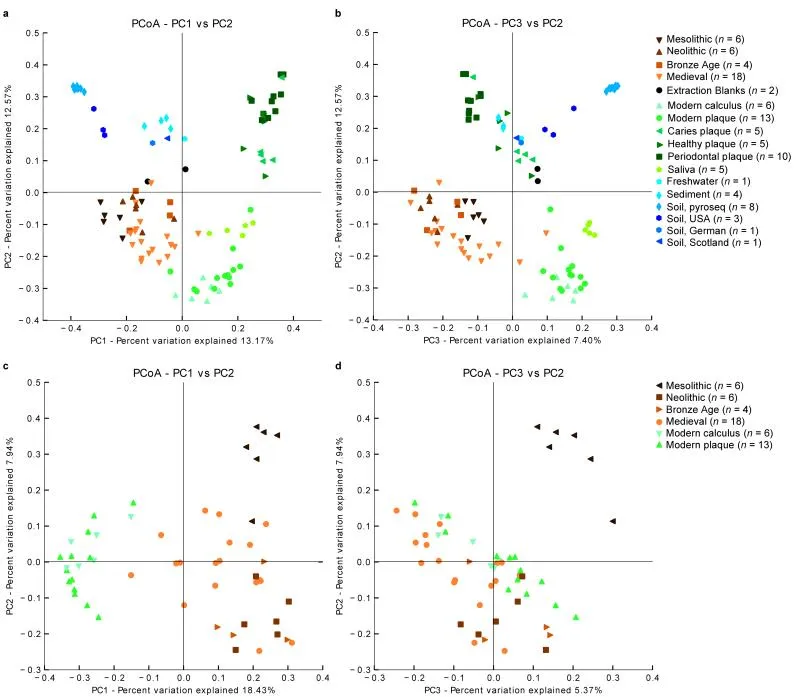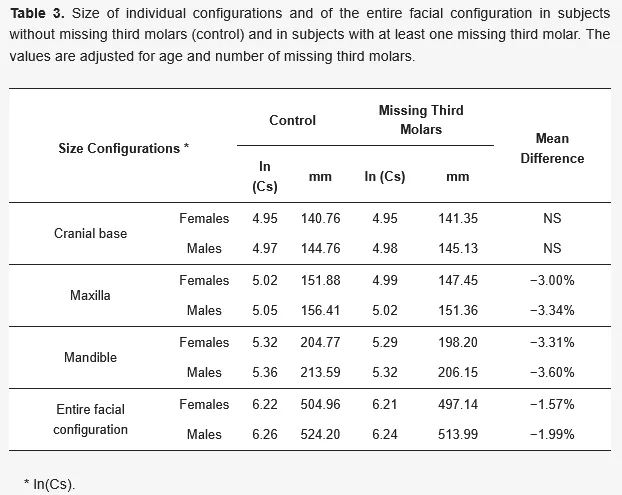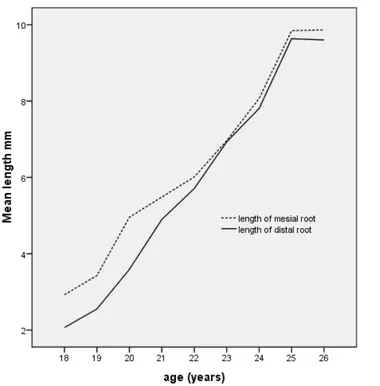
Sequencing ancient calcified dental plaque shows changes in oral microbiota with dietary shifts of the Neolithic and Industrial revolutions
Adler CJ, Dobney K, Weyrich LS, Kaidonis J, Walker AW, et al. 2013. Sequencing ancient calcified dental plaque shows changes in oral microbiota with dietary shifts. Proc Natl Acad Sci USA. 110(15):5647–5652. doi:10.1073/pnas.1305477110. PMCID: PMC3996550. https://pmc.ncbi.nlm.nih.gov/articles/PMC3996550/
In this paper, researchers study ancient dental calculus to examine how changes in human dietary habits affected the composition of mouth bacteria. They compare hunter-gatherers, early farmers, and industrial people. During the Industrial Revolution, cariogenic bacteria became dominant. Apparently, as the diet contains more starch and sugar, the oral microbiota shifts to a more cariogenic profile.
I use Figure 2 to show how different lifestyles are associated with different mouth bacteria at different times. Ancient calculus from hunter-gatherer and early farming groups is very different compared with modern plaque. When the diet started to added more sugar, people tend to developed more dental problems. That is one reason caries has increased in recent times. I think it's a good idea to use this article as a starting point to discuss a common dental issue: dental plaque. Then I will link it to my main topic (third molars): the same diet shift that changed the biofilm also reduced chewing demand, which is part of why many modern jaws are smaller and leave less space for M3.



